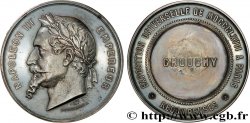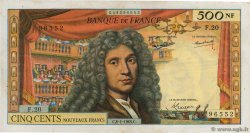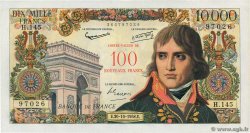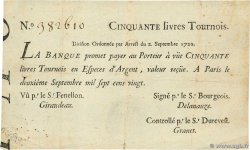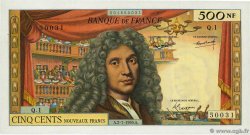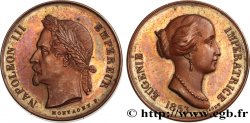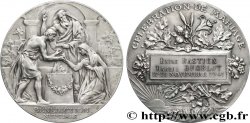Back 1/1
fme_552524 - SECOND EMPIRE Médaille du couple impérial
Not available.
Item sold on our e-shop (2019)
Price : 50.00 €
Item sold on our e-shop (2019)
Price : 50.00 €
Type : Médaille du couple impérial
Date: c.1853
Metal : copper
Diameter : 25,5 mm
Orientation dies : 12 h.
Engraver CAQUÉ Armand Auguste (1795-1881)
Weight : 11,25 g.
Edge : lisse
Puncheon : sans poinçon
Coments on the condition:
Jolie patine marron, plus claire dans les champs. Très légère usure
Obverse
Obverse legend : NAPOLÉON III - EMPEREUR.
Obverse description : Tête laurée de Napoléon III à gauche, signé : MONTAGNY F..
Reverse
Reverse legend : EUGÈNIE - IMPÉRATRICE - 1853.
Reverse description : Tête à droite d’Eugénie, la coiffure en chignon, signé : MONTAGNY.
Commentary
María Eugenia Ignacia Agustina de Palafox-Portocarrero de Guzmán y Kirkpatrick, marquise d’Ardales, marquise de Moya, comtesse de Teba, comtesse de Montijo — dite Eugénie de Montijo —, née le 5 mai 1826 à Grenade et décédée le 11 juillet 1920 au palais de Liria à Madrid, est une personnalité politique française d’origine espagnole.
Épouse de Napoléon III, empereur des Français, et donc impératrice des Français du 29 janvier 1853 au 4 septembre 1870, elle était considérée comme une des plus belles femmes de son époque. Elle est à ce jour la dernière femme à avoir gouverné la France avec les prérogatives d'un chef d'État (en référence à sa régence, aucune femme n'ayant jamais régné en France comme monarque, ni gouverné comme présidente)..
Épouse de Napoléon III, empereur des Français, et donc impératrice des Français du 29 janvier 1853 au 4 septembre 1870, elle était considérée comme une des plus belles femmes de son époque. Elle est à ce jour la dernière femme à avoir gouverné la France avec les prérogatives d'un chef d'État (en référence à sa régence, aucune femme n'ayant jamais régné en France comme monarque, ni gouverné comme présidente)..








 Report a mistake
Report a mistake Print the page
Print the page Share my selection
Share my selection Ask a question
Ask a question Consign / sell
Consign / sell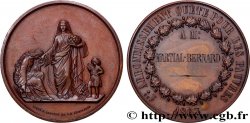
 Full data
Full data


